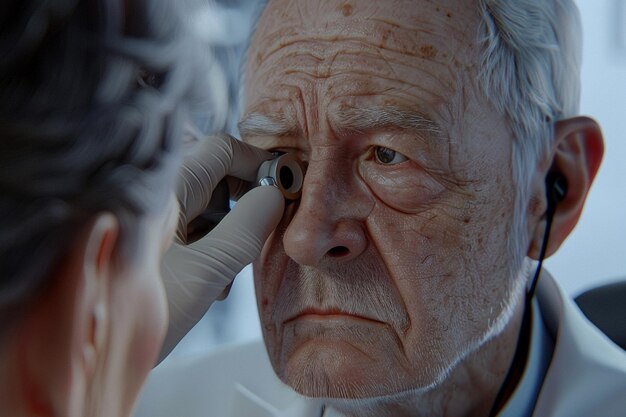Understanding the Potential Downsides of Cataract Surgery
Cataract surgery is a common procedure aimed at restoring vision, often seen as a straightforward fix for cataract-induced vision loss. While this surgery boasts a high success rate and frequent positive outcomes, it's essential for individuals considering the procedure to understand the potential downsides. This guide delves into the disadvantages of cataract surgery, offering a balanced view to help inform your decision-making process.
What is Cataract Surgery?
Before exploring the disadvantages, it's important to briefly describe what cataract surgery entails. Cataracts develop when the eye's lens becomes clouded, leading to blurred vision. Surgery involves removing this cloudy lens and replacing it with an artificial one known as an intraocular lens (IOL). The procedure is usually performed on an outpatient basis and takes about an hour.
Common Concerns About Cataract Surgery
1. Surgical Risks and Complications
Every surgical procedure comes with inherent risks, and cataract surgery is no exception. Some potential complications include:
- Infection: Although rare, infection can occur, typically within the days following surgery.
- Bleeding: Minor bleeding inside the eye can happen, which might require further intervention.
- Swelling: Both macular and corneal swelling are possible, potentially impacting vision quality.
While these issues are generally treatable and not common, they are worth considering.
2. Visual Disturbances
Post-surgery, some individuals report experiencing visual disturbances. These can include:
- Glare and Halos: Bright lights may appear to have halos or extreme glare, which can be particularly noticeable at night.
- Double Vision: Temporary double vision might occur as the brain adjusts to the new lens.
These disturbances often improve over time but can be unsettling immediately following surgery.
3. Residual Refractive Errors
Even after surgery, some individuals may still need glasses or contact lenses to correct residual refractive errors. This might be due to:
- Astigmatism: While some IOLs correct astigmatism, not all do. You may need additional corrective eyewear.
- Presbyopia: Most standard IOLs do not address the ability to focus on near objects, necessitating reading glasses.
4. Posterior Capsule Opacification (PCO)
PCO is one of the most common postoperative complications, sometimes referred to as a "secondary cataract." It occurs when the back of the lens capsule becomes cloudy, affecting vision. Fortunately, a simple laser treatment can remedy this, but it is an additional procedure to consider.
Weighing the Pros and Cons
While acknowledging the disadvantages, it's equally important to consider the potential benefits of cataract surgery:
- Improved Vision: Many individuals experience significantly clearer vision post-surgery.
- Quality of Life Enhancement: Better vision can enhance daily activities and independence.
- Quick Recovery Time: Typically, the recovery process is swift, with most patients returning to normal activities within days.
Balancing these pros against the potential cons can help in making an informed decision.
Related Considerations: Lifestyle and Health
Assessing Individual Health Risks
Certain health conditions might amplify the risks or complications associated with cataract surgery. These include:
- Diabetes: Can increase the chance of infection or delayed healing.
- Hypertension: Might complicate both the surgery and recovery.
- Autoimmune Conditions: Can potentially affect healing processes.
Consulting with healthcare professionals about these factors can ensure personalized and safer care.
Understanding Expectations
Having realistic expectations is crucial. While many patients experience vastly improved vision, the outcomes can vary, and the need for glasses post-surgery is not uncommon.
The Cost Factor
While cataract surgery is often covered by insurance, some aspects might incur out-of-pocket costs, especially if you opt for premium IOLs that correct for presbyopia and astigmatism.
Long-term Vision Health
Cataract removal doesn't immunize against other age-related eye issues. Continued regular eye check-ups are vital.
Key Takeaways 📝
- Surgical Risks: Infection, bleeding, or swelling, although uncommon, are potential complications.
- Visual Adjustments: Temporary visual disturbances post-surgery are common.
- Refractive Needs: Glasses might still be required due to residual errors.
- PCO Development: Possible additional laser treatment if secondary cataracts occur.
Conclusion: Making an Informed Decision
Cataract surgery has the potential to significantly improve your quality of life by restoring lost vision. However, like any medical procedure, it's essential to weigh the benefits against the potential downsides. Understanding the possible disadvantages equips you with the knowledge to make a confident, informed choice. Discussing these concerns with a healthcare provider can help tailor the approach based on your health status and vision needs.
